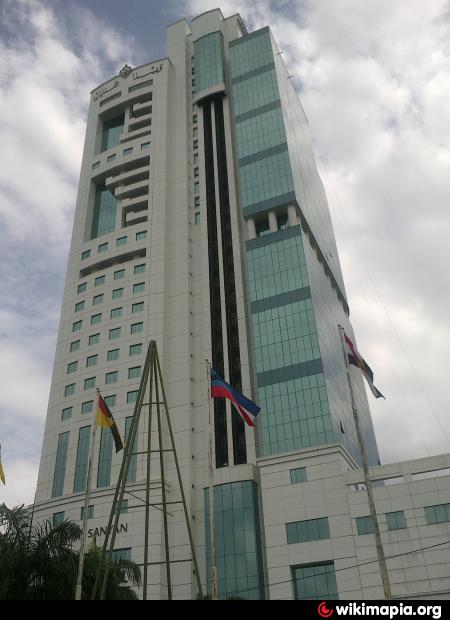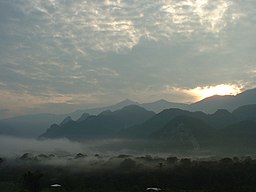
Set under the spectacularly steep 810m peak of Gunung Santubong, the Santubong Peninsula is home to Sarawak's finest beach resorts and its famous Cultural Village and only 35 minutes drive from Kuching.
According to the Encyclopaedia of Iban Studies the original inhabitants of Santubong were the Iban. Si-antu-ubong means 'spirit boat' in the Iban language. Antu is hantu in Malay which means spirit or ghost. Santubong are boat like coffins made from a single hollow log designed to represent the vesell in which a dead person will travel from this world to afterlife. Following another theory, the name Santubong is derived from "san choo bong" in the Hakka Chinese dialect, meaning "wild pig king" or "king of wild pig".






















